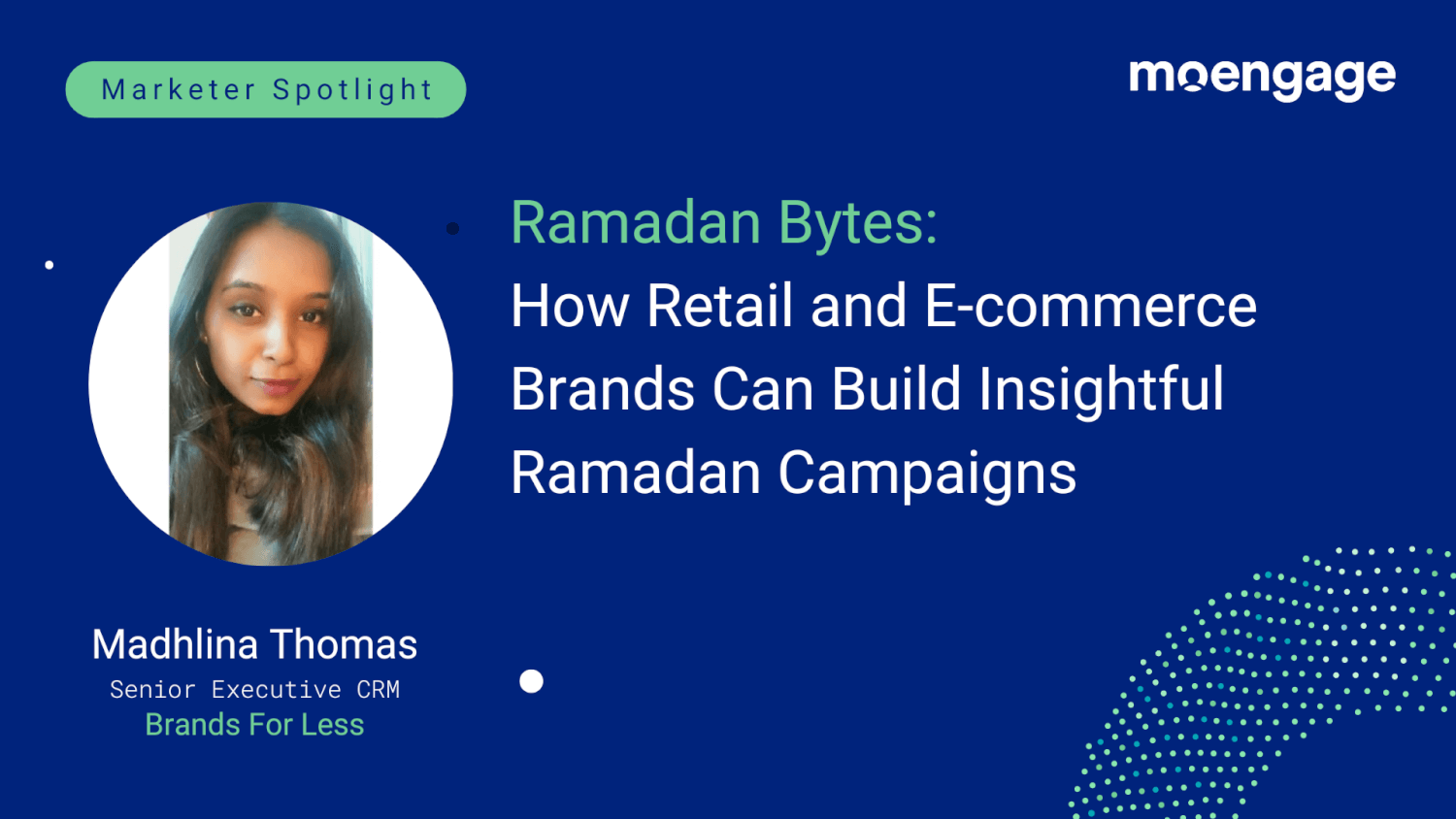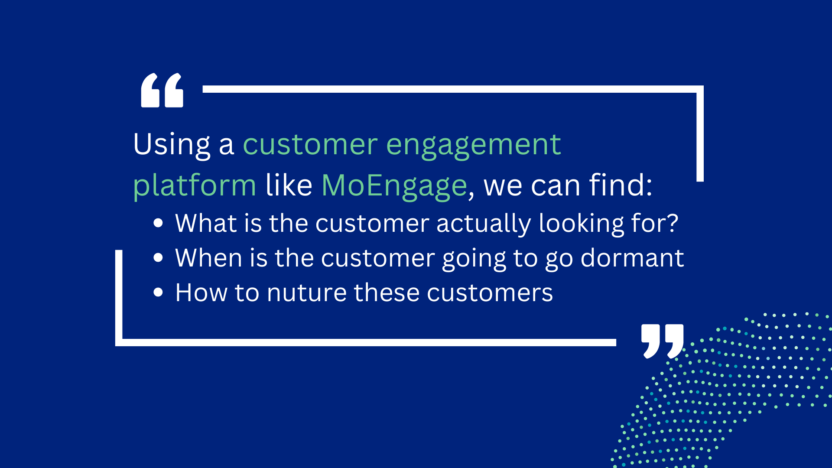Insights Brands Use to Build a Campaign: Opinion From Brands For Less (Madhlina Thomas, Senior Executive CRM)

Reading Time: 4 minutes
Editor’s Note: Continuing with our special edition of Ramadan Bytes, where marketers from known brands in the region share their thoughts on Ramadan 2023 and the changes they expect, we spoke to Ms. Madhlina Thomas, Senior CRM Executive at Brands For Less, about the insights brands use to develop a campaign and how empathy plays a crucial role in campaigns during Ramadan.
Please share a brief about your background and your role at BFL.
I work as the Senior CRM Executive @brandsforless, I am responsible for overseeing customer retention strategies and programs to ensure that customers remain satisfied and loyal to the company. Some of my key responsibilities include analyzing customer data and feedback, identifying customer needs and concerns, developing and implementing retention strategies, collaborating with other departments to improve the customer experience, and monitoring the effectiveness of customer retention efforts. The ultimate goal is to reduce customer churn, increase customer loyalty and advocacy, and contribute to the long-term success and growth of the company.
How do you anticipate this year’s Ramadan Season to be? Do you think there would be some new trends observed compared to 2022?
Some of the key trends we observed in 2022 were digitalization, where family members were breaking their fast virtually and spending a lot of time purchasing online, which majorly boomed the online shopping and enhanced digital engagement
I believe in 2023, we will see a mix of old and new trends. The new one would be more in-person/offline events, where everyone can visit places and spend time with their loved ones. One prime example of this can be Expo Ramadan Festival.
Ramadan is a period of prayers, reflection, and community. How do you see brands including empathy, in their campaigns? Is there any campaign that you can think of as an example of this?
Yes, a couple of them. So last year during Ramadan what we did was we did not offer discounts as such, but we focused on how a campaign can connect us more with the customer, where they can learn more about the brand BFL, what we offer, and what are the ranges of things that we offer.
One of the campaigns was Cook For Less, where we used to take up some products from Homes For Less and used to inform the customer about different dishes that we can cook with these vessels. And every day we had some new dish that the customer could prepare, for breaking for the Iftar basically.
Another example is a Cancer Treatment hospital from Egypt that launched an advertisement at the construction of the hospital to spread the word about how small donations help build and treat the life of kids dealing with cancer.
A critical aspect we observed is that customers prefer shopping after a certain period of time during Ramadan. Similar to this, what are some insights that you look at while building a Ramadan Campaign?
The insights that we look at are mainly the engagement through customers. For example, customers would prefer shopping during the evening because the entire day they are fasting, they’re praying, and after Iftar, they want to spend some time alone, or spend time with the family. So, if they indulged in some online shopping, they would probably step out and go to the retail stores.
Another insight we found was that a lot of consumers also believe in gifting during Ramadan. They give gifts to their families and friends. So what we focus on by picking up these insights is that we can create some gift guide for these customers, where gifts for each and everyone who would come in relation to them, they can just easily pick these gifts and gift to their near and dear ones.
What is the role played by a customer engagement platform to provide insights?
The role of a customer engagement platform is vital because it helps us identify which lifecycle stage the customer is at. With these platforms, we can predict, analyze, and gather information about how to nurture these customers. When is the customer actually going to go dormant, or what is the customer actually looking for?
So I think one of the platforms that we are connected to is MoEngage, and MoEngage offers very deep insights. We are also able to reach out to customers through their preferred channels. Like for example, we can send email, SMS, push notifications, and WhatsApp. There are different channels that we have with MoEngage, and it becomes much easier to strategically input, which channel, at what time, and through what channel – based on the insights we have to reach/engage these customers.

What are some strategies brands should develop to ensure that there is not a major drop in engagement metrics post-holiday season?
During the Ramadan period, a lot of brands can observe the increase in app/web traffic, which may drop post-holiday season. To ensure and retain traffic, brands can and should spend a lot of time analyzing which lifecycle stage the customer falls at and trigger campaigns (with or without incentives).
Brands can also focus on new brand launches and product drop alerts, which can attract curious customers, thereby helping with engagement and conversion.
Thank you so much, Madhlina, for chatting with us and sharing your thoughts on how brands can engage with customers during such a special time.
Readers, you can connect with Madhlina for more tips and advice on customer engagement during Ramadan, and also watch out for her upcoming podcast on Ramadan Shopping Festival.
What to Read Next:







